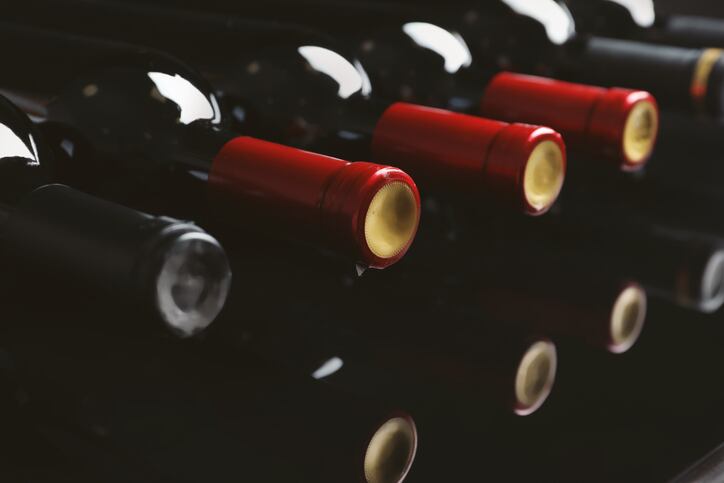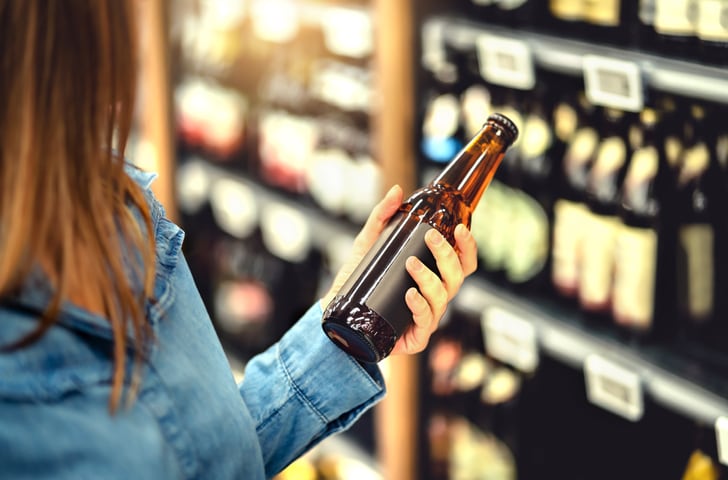In 2019, US wine producers that are considered bottom-quartile performers saw an average decline in sales -7.82%, according to data from SVB’s annual state of the industry report. Producers in the top three quartiles all saw positive sales growth, at 3.59%, 11.29% and 22.34%, respectively.
The oversupply of wine in California and Washington is mostly due to the wine industry’s growing miss in not providing consumers what they want, author of the report Rob McMillan said.
“We’ve never made better wine. But based on the industry’s current results, making great wine isn’t good enough for the consumer today. We are increasingly missing the mark on consumer expectations, and our results show it.”
Behind the marketing curve
McMillan is the executive VP and founder of SVB’s Wine Division, and he thinks the US wine industry is in the midst of a consumer reset. Every winery must reimagine how they sell and market wine to stay profitable, he advises.
Millennials currently hold about 17% of the share of the declining volume in wine, drinking more beer and spirits and newcomers like hard seltzers. Older members of Gen Z are simply drinking less than other generations, and not turning to wine as their first choice.
“Wineries are behind the curve in connecting with millennials, and are still employing marketing tactics that were successful with the boomer who had very different values,” McMillan said.
Young consumers are increasingly looking for better-for-you messaging on food, beverage and alcohol products, like nutrition facts and ingredients lists. But wine labels primarily talk about “long days and cool nights, special soils, and any leading message about berries or herbs.”
Plant-based products have seen a surge in popularity thanks to consumer perception that they are healthier, and as McMillan points out, wine is “as plant based as it can be.” He believes wineries should be leveraging more of that messaging to attract health-conscious consumers.
“If the young consumer knew the scientific studies demonstrating the health benefits of moderate wine consumption, understood wine is a natural product, and fine wine has almost zero additives compared to spiked seltzers – they might start giving wine a second look,” McMillan said.
Crowded category pressures
Smaller craft wine brands are better positioned in today’s market, particularly for consumers that are more selective and looking for a premium product. Larger wine companies have been the most negatively impacted, SVB said, as bottles less than $12 are declining in volumes sold.
The smaller wine producers tend to offer more information about the source of their grapes and nutrition contents. And the popular ‘hand-crafted’ and ‘artisanal’ labels are also more accurate when applied to craft producers.
The current crowded wine landscape in the US has producers pressured to make great wine, constantly evolve sales channels, and run their businesses as efficiently as possible so margins are better than their competitors.
“Hoping millennials will adopt boomer values as they age — and, as a result, move away from spirits and gravitate to wine — just isn’t a sensible business strategy,” McMillan said.
The problems in 2019 culminated in a harvest produced normal to slightly below normal yields in California and below normal yields in Oregon and Washington. With an already overstuffed supply chain, it hasn’t been enough to even out the imbalances.
There has already been discounts throughout the category on finished wine, bulk wine and grapes. And wine sales in US restaurants are showing average negative volume growth.
Connecting with the millennial and Gen Z consumers is both the wine industry’s biggest challenge and opportunity moving forward. SVB also warns domestic producers of the threat from imports, as consumers continue to seek out global products and flavors.
Changing focus and direction
The current most popular varietals in the US are sparkling wine, Prosecco, rosé, and sauvignon blanc from New Zealand. They are all showing growth and fit with the frugal young consumer profile. Sparkling wine tends to be lower in alcohol and calories, while containing more servings per bottle than normal still wine.
Rosé, and New Zealand sauvignon blanc are more serious wine varietals, and SVB says their consistent style is appealing to today’s consumers as well as the fact that they can be purchased for less than $20.
Into 2020, the current oversupply of wine will lead to vineyard removals and reduced returns for growers. Grape and bulk prices are expected to stabilize at lower levels than has been seen in the past five years, and won’t stabilize until beyond 2020.
“Despite the modestly positive year in 2019 and 25 years of great growth for the US wine business, the current industry trends are signaling difficult times ahead,” SVB said.
“The US wine industry needs to adapt and change its focus and direction.”




